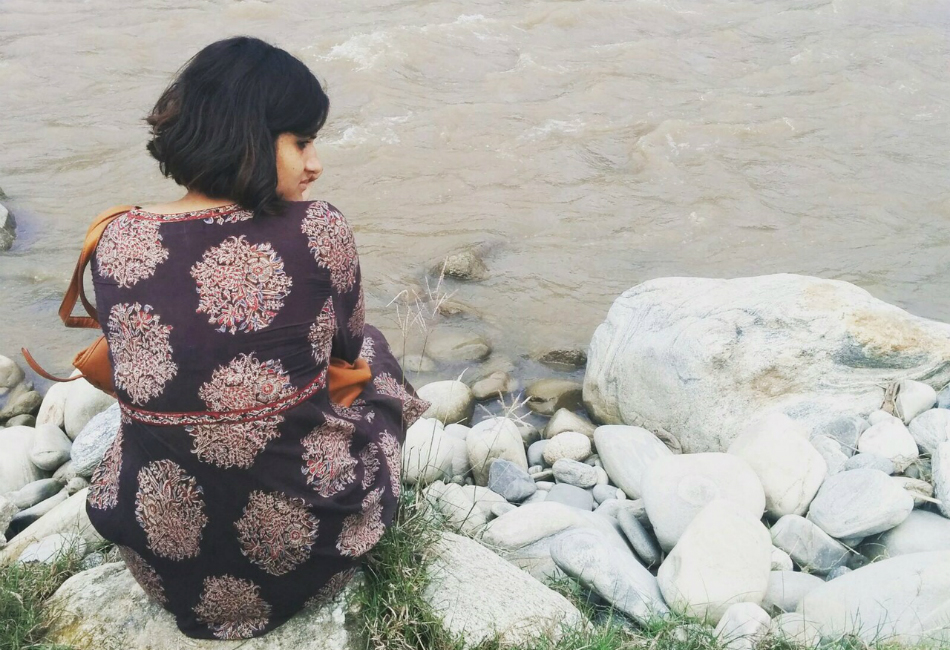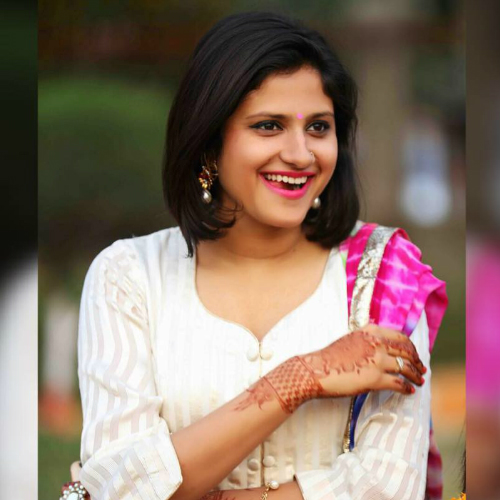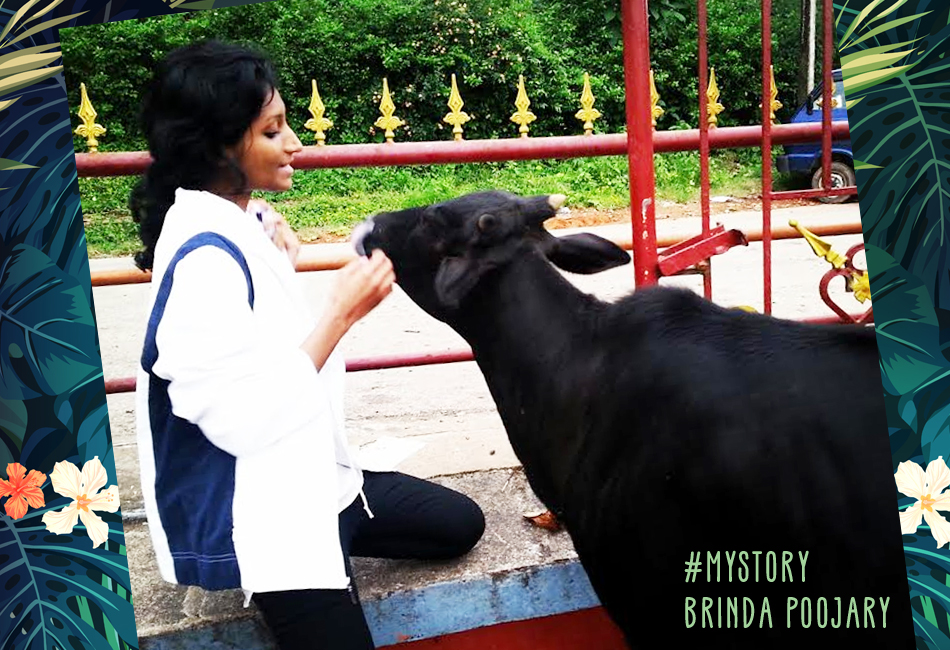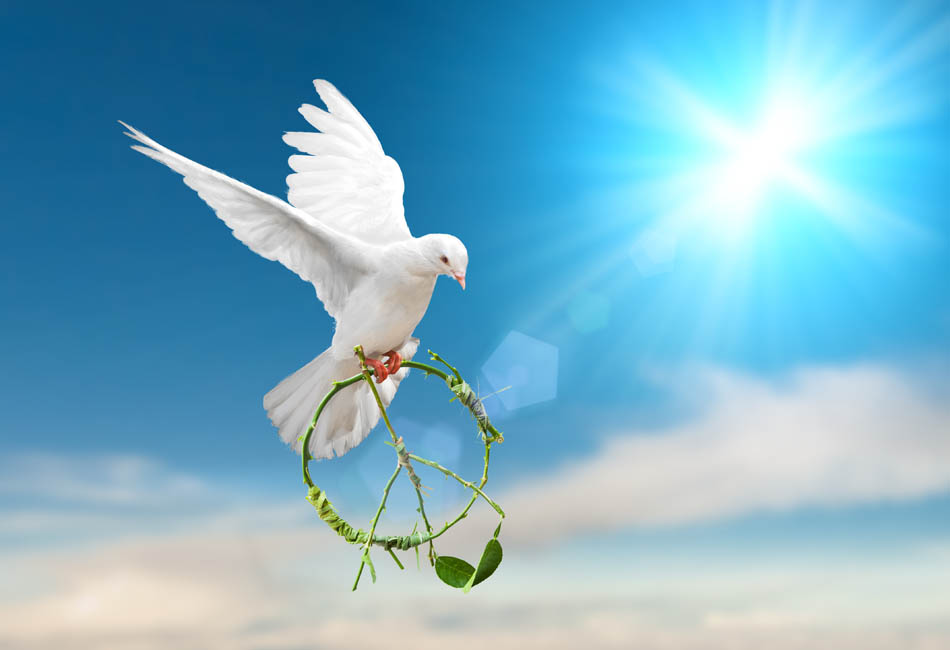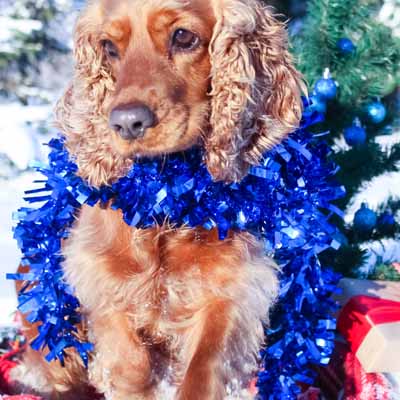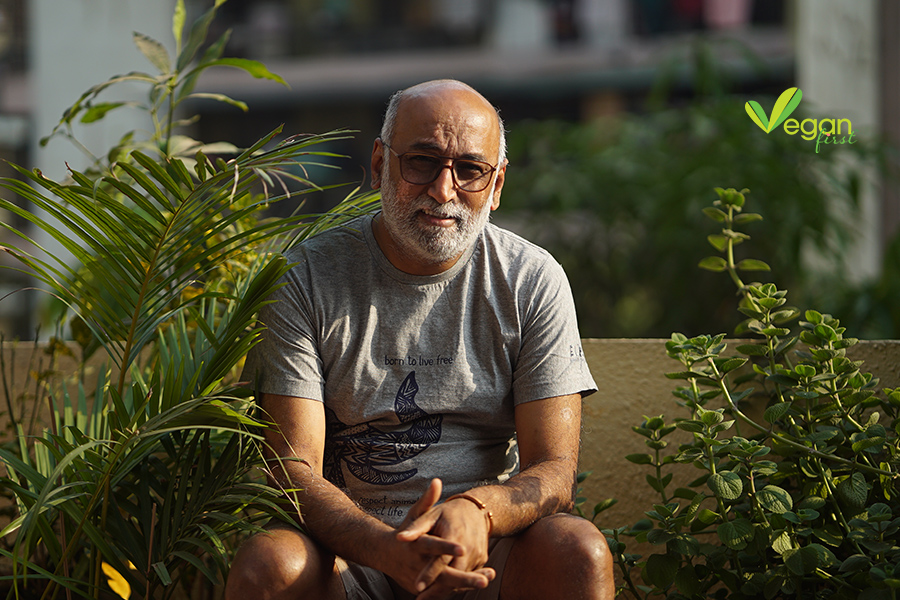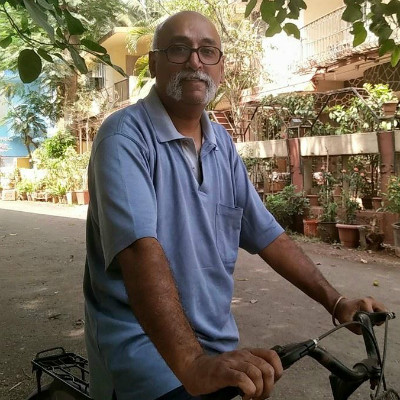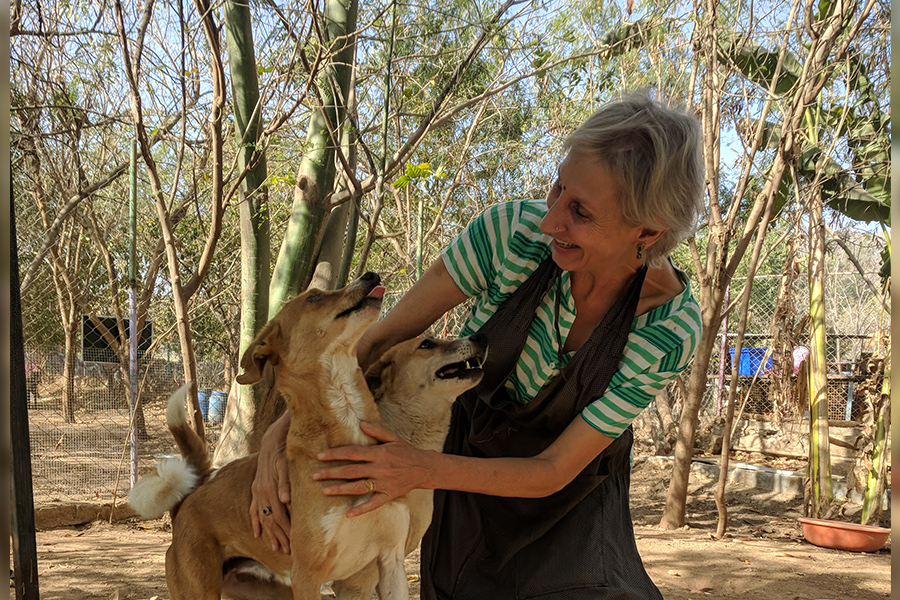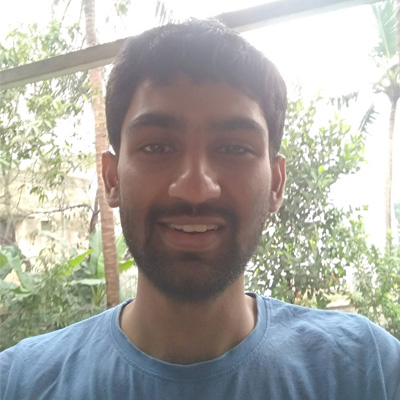Download Free Vegan Starter Kit -
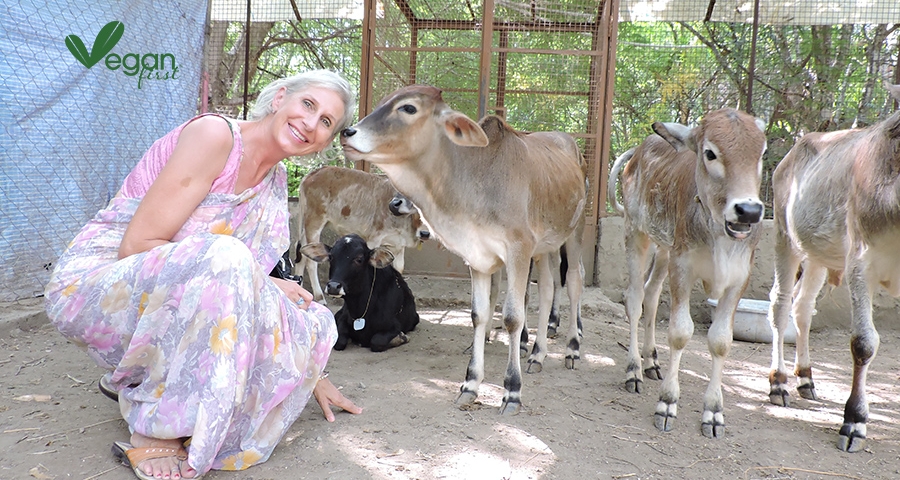
Tied Up and Broken-Hearted
Did you know that cows HATE to be tied up? You might not realize it since so many of the cows you’ve seen ARE tied up and they seem quiet. But what I’ve learned during 18 years of running Animal Aid Unlimited—a rescue center for street animals in Udaipur, Rajasthan—is that cows absolutely hate being confined and tied. They LOVE to roam and wander. They need it—it’s in their blood. Like birds need to soar in the skies, cows need to wander throughout the day and they love to pick and choose their flowers, leaves, grasses as they amble along. When you see cows quietly tolerating being chained, it’s only because they’ve learned they have no choice—she might be beaten if she keeps resisting. So she stops fighting. Being quiet on the chain tells us that part of her joy in life has been destroyed. She may look normal, but make no mistake, her heart is broken.
Erika's Calling to India
Cows brought me to India. In 1995, when my family travelled to Udaipur Rajasthan as ordinary American tourists, the sight of cows wandering peacefully through the lanes touched me to the core with their beauty, serenity and grace. I’d never imagined seeing cows intermingling with dogs, birds, shopkeepers and neighbors. I loved watching them nab a carrot here or gently accept a chapati there. But as time passed and the use of plastic bags exploded, the wandering cows were eating fewer vegetables and more plastic.
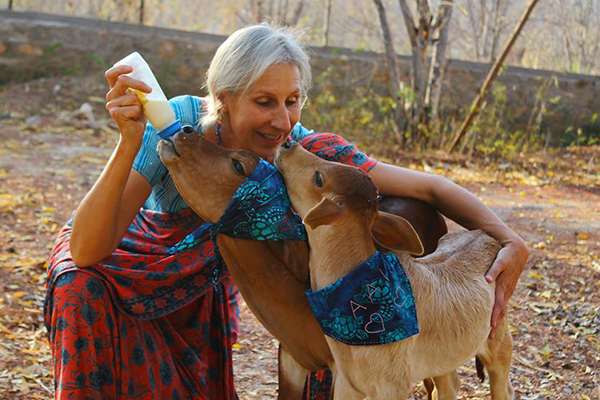
Today, more than 20 years have passed since those first dreamy encounters with cows. I love them even more now, but I understand problems they face more vividly than I did back then.
The Sorry Tale of the Milch Mammal
Many people who are sensitive to animals’ needs understand that the industrial dairies—the big sheds with their concrete floors and cows perpetually held captive by chains, their babies taken every year—are disastrous for the happiness of cows. Most of the cow’s milk in India comes from dairy businesses in which multiple cows are “processed” in an assembly line in order to maximize milk production. These processes include being chained in a line in front of a feed trough; being impregnated annually using sperm collected from a particular bull which is pumped into the cow’s vagina by an (often painful) syringe. Assembly-line milk production requires the removal and disposal of the male calf (killing, skinning, butchering and exporting the meat) and the separation of the female calf from the mother so that she is sure not to drink any of the milk intended for sale.
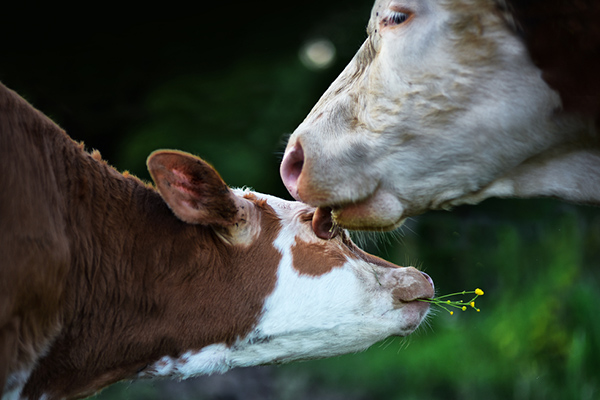
But do we tie up family members? Do we remove the babies from the mothers?
I often hear people say “but cows in the villages are well cared for, like family members.” Sometimes people even idealize the situation of the individual cows who live with families in the inner cities. There are millions of cows tied in dark rooms behind inner city houses across India. The family may have kept a cow or two for generations. When Dadiji was a girl, the areas which are today part of urban sprawl were villages. A captive cow used to wander for hours at a time. That’s not possible now—at least not without eating kilos of plastic and the risk of being hit by a car.
And it’s not just the plastic lodged in her stomach. Today, any hours off the chain often means filling her stomach with toxins like paint, chemical pesticides, turpentine, acid which has intermingled with noxious inner city human waste.
Humane Animal Use is a Myth
Anyone who keeps cows knows that it is impossible to do it kindly: either she is tied all the time, or she is exposed to lethal substances and great risk of being killed by cars. If her calf is allowed to be near to her, she will drink the mother’s milk. If the calf is a baby boy, he will only drain expenses from the “owner” and must be sold to a buyer for whom the living bull has no value. What will the buyer inevitably have to do? He will have to kill that bull in order to sell the leather and meat.
Dairy, leather and meat traders are not “bad people.” They may be very good people, but they too are in a quandary. Their businesses CANNOT stay afloat unless their cows are chained and the bulls sold for meat. It’s not that they WANT to hurt cows and bulls. But they cannot make a profit if the cows and bulls are given what they really need—freedom to roam for miles a day, to choose their food among flowers, plants and grasses, not among paint cans, polythene bags, rusty razor blades.
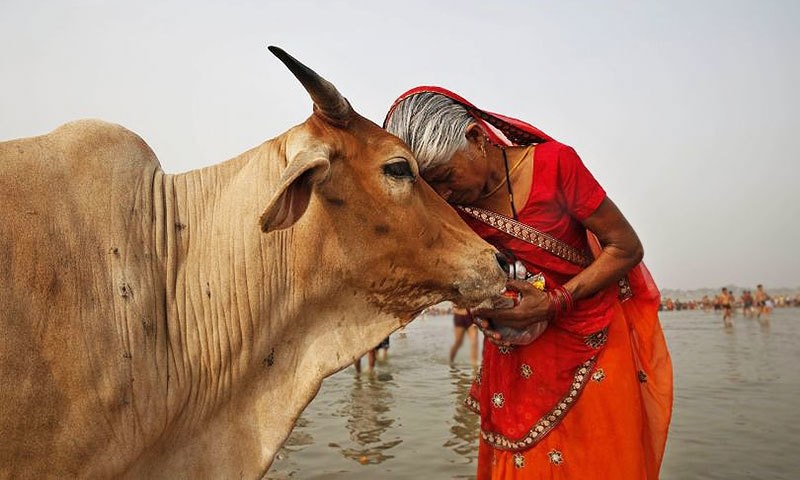
When I realized this, it became simple and easy for me to choose alternatives. I don’t waste time thinking negative thoughts about the people who do this to cows and bulls. They may feel they have no choice as long as there is a demand for those animal products. So let’s work on the demand part of this sorrowful equation. Every time we say no to dairy products we reduce the demand. And that feels beautiful!
Written by Erika Abrams
Like this?
Read: But aren't we Killing Plants?
Read more: 11 Reasons To Visit An Animal Shelter At Least Once In Your Life!
AUTHOR
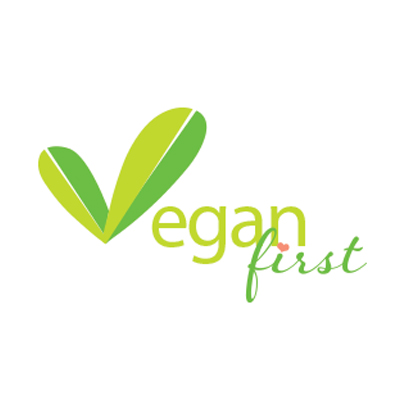
trending
2.png)
Be a Vegan First Informer
Send us buzzworthy news and updates
related
Explore
Contact Us
About Us
Stay Connected
Copyright ⓒ 2017-2023. VEGAN PASSION PRIVATE LIMITED. All Rights reserved.
For more information, please write to hello@veganfirst.com
Registered Office Address: 55, 2nd floor, lane 2, Westend Marg, Saidullajab, Near Saket Metro Station, New Delhi, Gadaipur, New Delhi South West Delhi, DL

2.png)
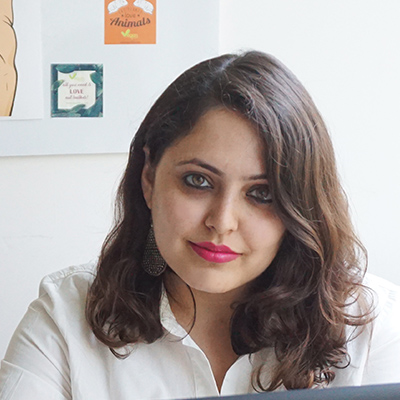
.png)
.png)
2.png)
2.png)
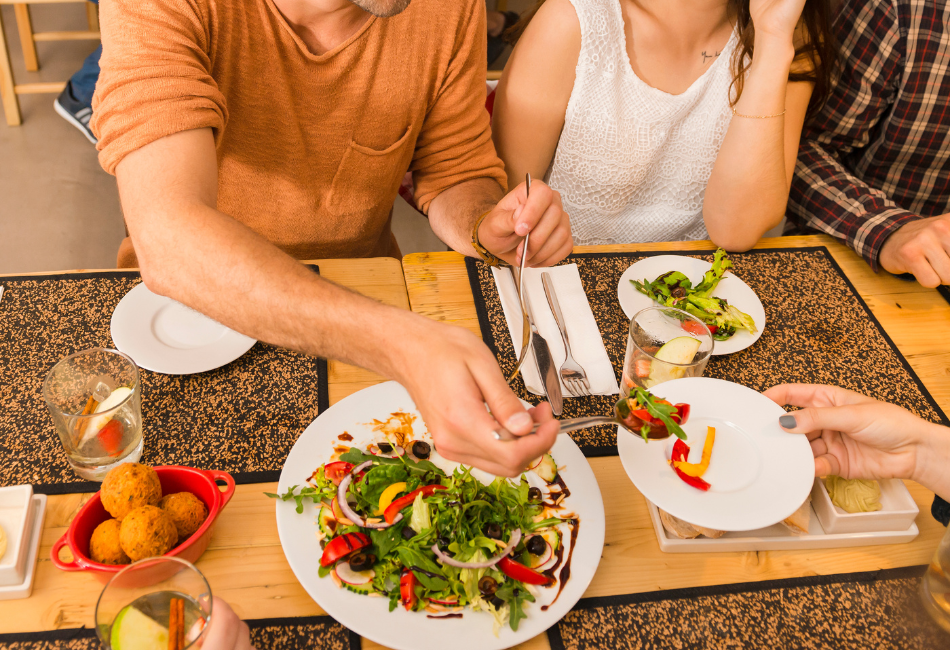
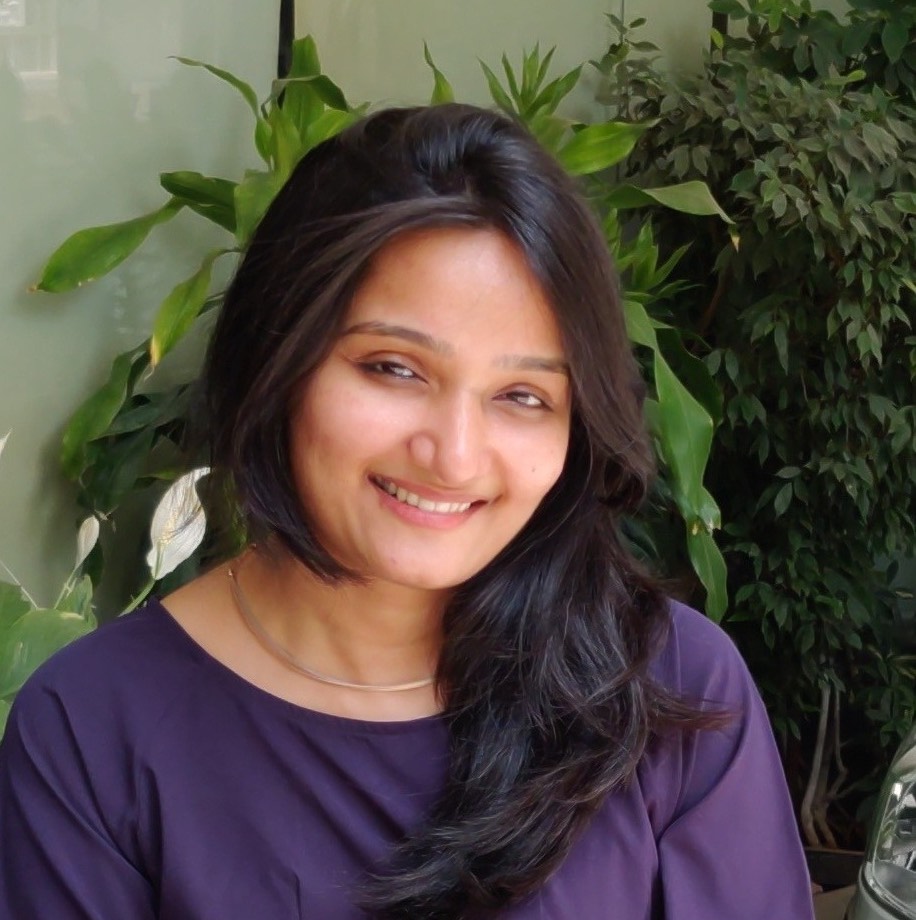
1.png)

